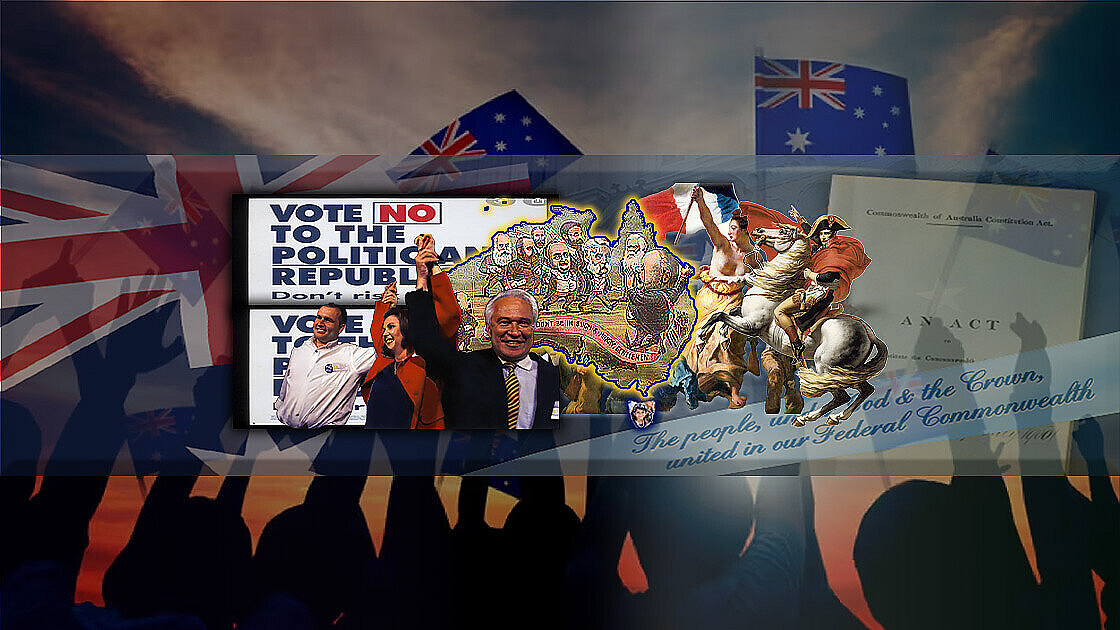POLITICIANS ABUSE THE PLEBISCTE – AGAIN
The experience of countries since federation confirms the misuse, and the potential for misuse, of constitutional plebiscites, even to this day. For example, when the Quebec government decided in 1995 that it was time to secede from Canada, they knew they would need the support of the people in what was called a referendum but in reality was a plebiscite.
The honest approach — the approach to ensure an informed vote — would have been to put all the facts before the Quebecois. In particular, that there was no guarantee that even if Quebec were able to secede, the new state could retain the advantages it had enjoyed as part of Canada. Could Quebec continue to use the Canadian dollar? What would happen to the national debt? Would Quebec continue to be a party to each of Canada’s treaties, for example, the free trade treaty with the US and Mexico? Would Quebec’s boundaries remain the same? And what of the indigenous people, who preferred to stay in Canada? Could they secede from Quebec?
All of these unresolved issues were swept under the carpet by the secessionists. Instead, the question was devised, and deliberately devised, to attract a maximum uninformed vote. In brief, the question was designed to deceive the people. The question should have been, “Do you approve of Quebec leaving Canada and becoming a separate nation?”, or words to that effect.
This was the actual question that the Quebecois voted on:
“Do you agree that Quebec should become sovereign, after having made a formal offer to Canada for a new economic and political partnership, within the scope of the Bill respecting the future of Quebec and the agreement signed on 12 June, 1995?”
To say the referendum question was misleading is an understatement. Exit polls demonstrated that many people who voted “Yes” actually thought they were voting to stay in Canada! To the credit of the Quebecois, they voted “No”. But only by a hairsbreadth, because they were not properly informed.
In other countries there have been a handful of plebiscites and one referendum, in all about 13, to change to a republic. Most were of doubtful validity and several taken under dictatorships. Only the Australian referendum in 1999 allowed the people to see in advance what precisely was being offered.




